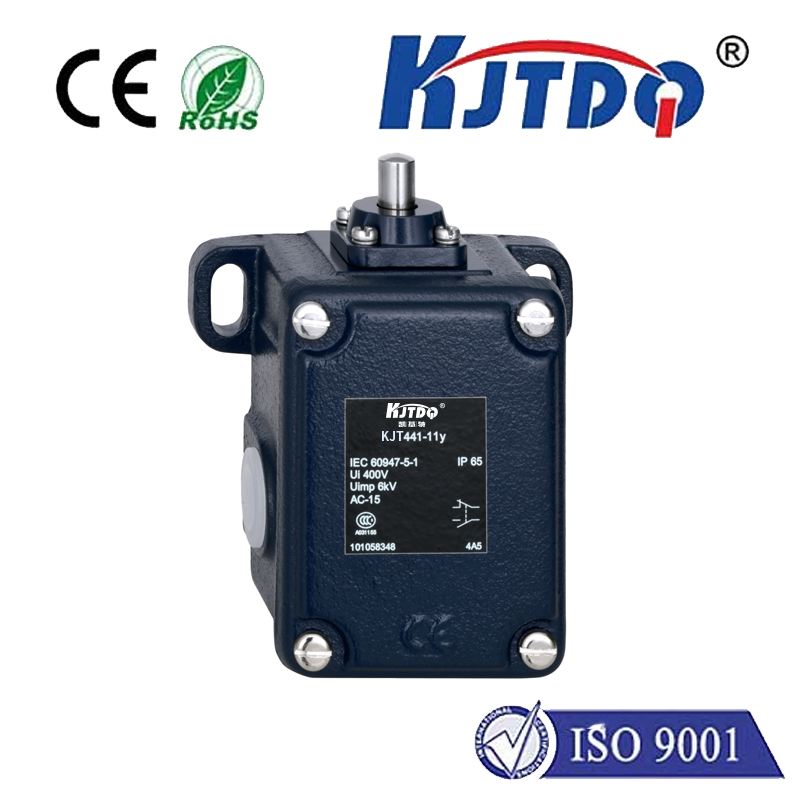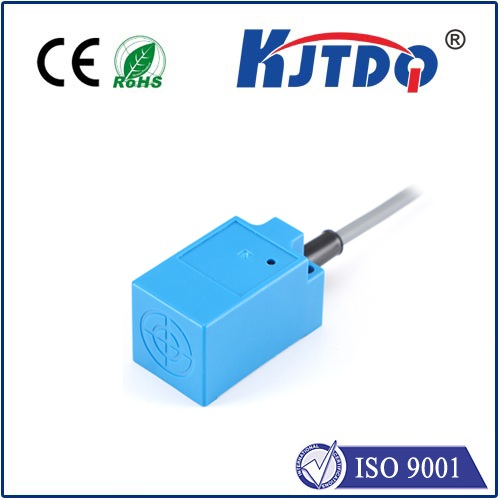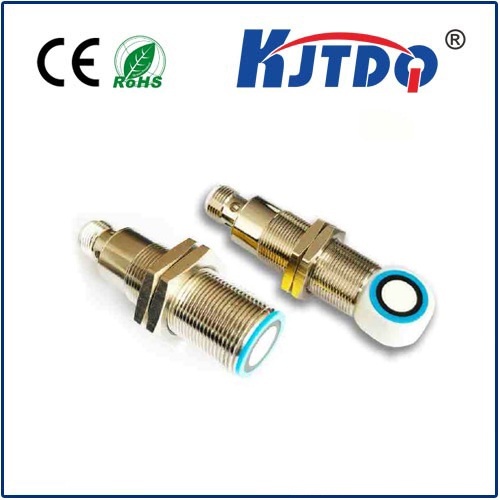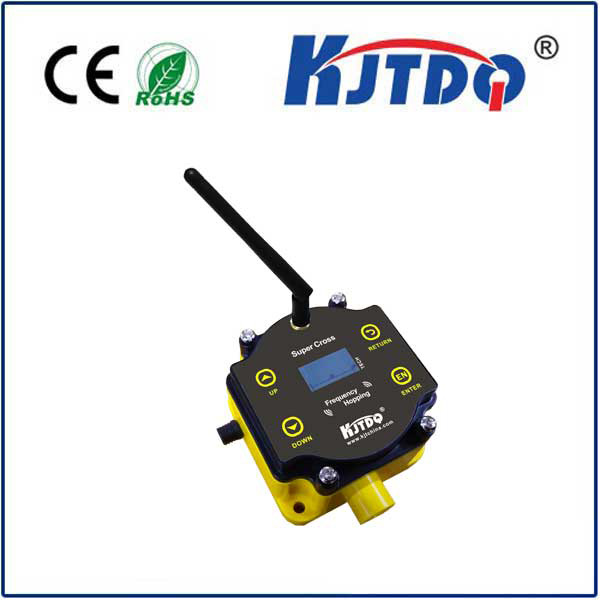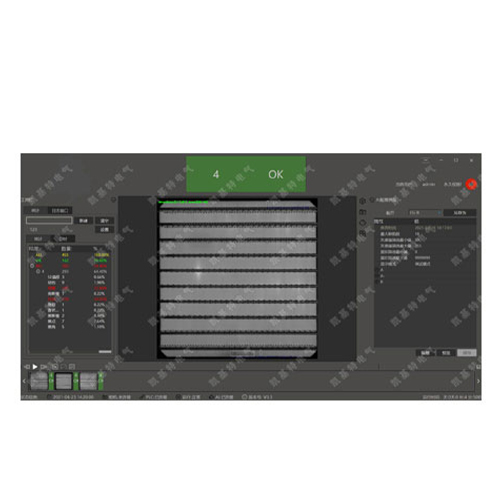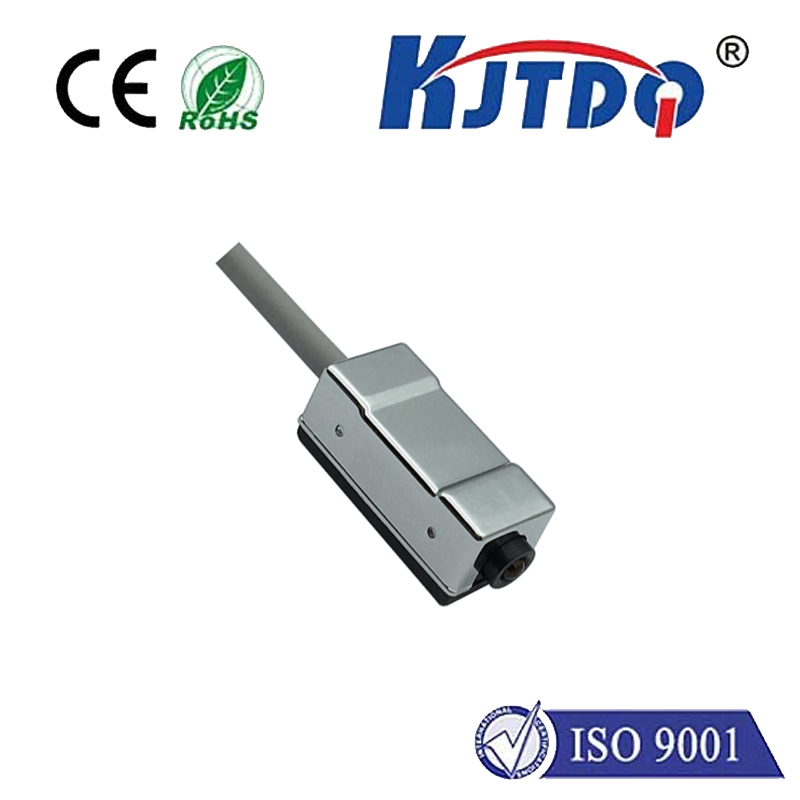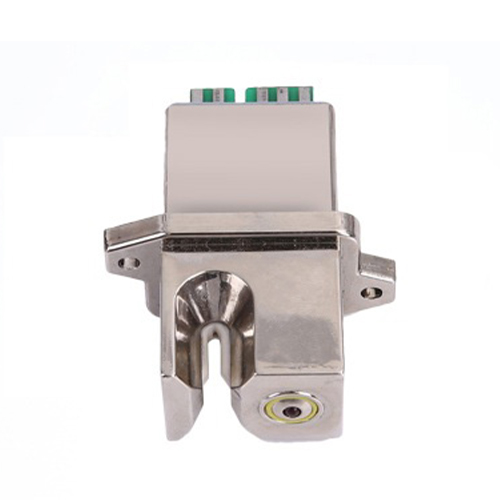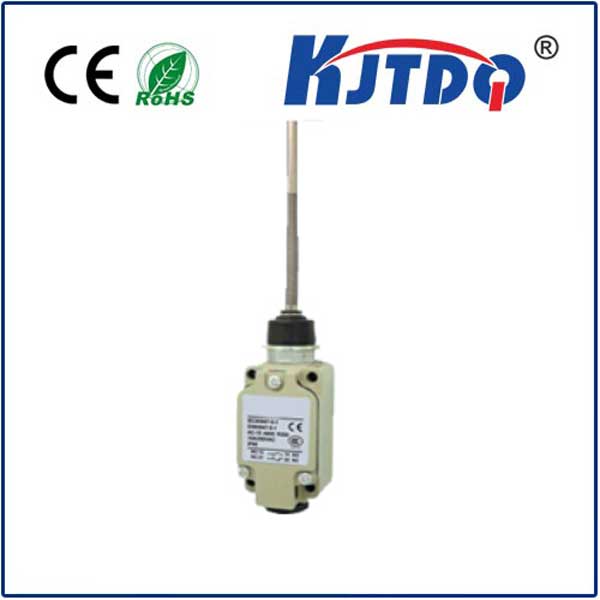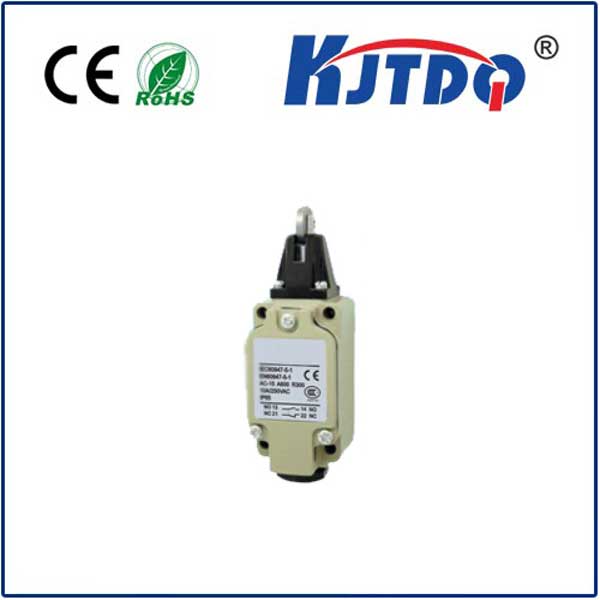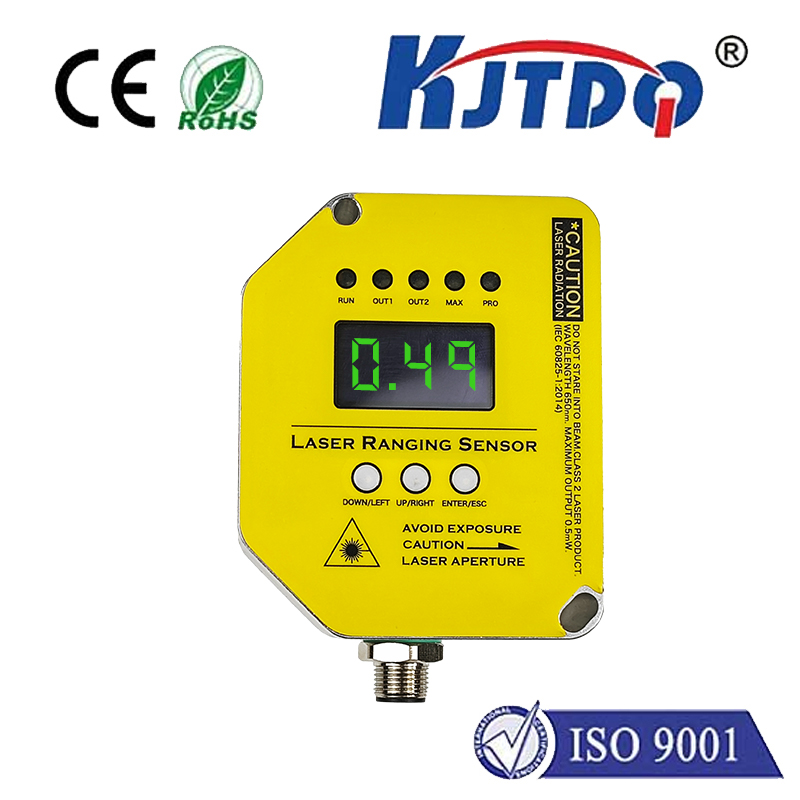двухмерный лазерный датчик смещения
- time:2025-08-28 04:19:20
- Нажмите:0
Beyond the Point: How 2D Laser Displacement Sensors Capture Entire Profiles
Imagine needing to inspect the perfect curve of a car door seal, scan the delicate edge of a turbine blade, or verify the precise alignment of thousands of components on a whirring assembly line. Traditional single-point measurement tools might struggle, offering only isolated snapshots. But what if you could capture an entire cross-sectional profile, hundreds or thousands of points at once, in milliseconds, without ever touching the object? This is the transformative power of the 2D laser displacement sensor, a cornerstone technology in modern precision measurement and automation.
Unpacking the Technology: More Than Just a Laser Dot
At its core, a 2D laser displacement sensor operates on the well-established principle of Лазерная триангуляция. However, it ingeniously scales this principle into two dimensions. Here’s the breakdown:
- Laser Line Generation: Instead of emitting a single focused point, the sensor projects a fan-shaped laser line onto the target surface. This line becomes the reference for the entire cross-section.
- High-Speed Imaging: A precision lens, typically a telecentric lens to minimize perspective error, focuses the reflection of this laser line onto a high-speed, high-resolution 2D CMOS or CCD image sensor located at a specific angle relative to the laser emitter.
- Triangulation in Action: For every single point along the projected laser line, the sensor calculates its precise height (Z-axis displacement) relative to the sensor’s reference plane. This calculation is based purely on the position where the laser light hits the image sensor (the Y-position on the camera chip). The known baseline distance between the laser source and the camera, combined with the known angle, forms the triangulation triangle.
- Data Processing Power: Sophisticated onboard electronics rapidly process the image from the camera sensor, analyzing the entire laser line simultaneously. The result? A dense array of precise X (position along the line) and Z (height/displacement) coordinate pairs – a detailed 2D profile representing the exact shape and surface position of the target object at that specific cross-section.
Why Choose a 2D Laser Displacement Sensor? The Compelling Advantages

The shift from point measurement to profile measurement unlocks significant benefits:
- Unmatched Speed and Efficiency: Capturing hundreds or thousands of measurement points simultaneously drastically reduces inspection time compared to single-point scanning or mechanical probes. This is critical for inline quality control in high-speed manufacturing.
- True Non-Contact Measurement: The laser line never physically touches the object, making it ideal for measuring delicate, soft, hot, moving, or easily deformed surfaces that could be damaged by tactile probes.
- High Resolution and Precision: Modern sensors achieve micron-level resolution and repeatability, providing the fine detail needed for demanding applications like semiconductor wafer inspection or micro-machined part validation.
- Rich Data Output: The generated profile is a comprehensive dataset, enabling complex analysis like edge detection, gap/step measurement, warpage detection, thickness calculation (if two sensors oppose each other), and comparison against CAD models or nominal profiles.
- Robust Performance: Designed for industrial environments, many sensors offer resistance to ambient light interference, varying surface colors and textures (within limits), vibration, and dust.
Where 2D Laser Profiling Shines: Diverse Applications
The versatility of 2D laser displacement sensors makes them indispensable across numerous sectors:
- Automotive Manufacturing: Inspecting sealant bead application, verifying panel gaps, measuring weld seam geometry, checking brake disc runout.
- Electronics & Semiconductor: Measuring component coplanarity (flatness), solder paste volume/thickness (using structured light variations), wafer warpage, connector pin height.
- Precision Machining & Metalworking: Verifying profile tolerances of cut/machined parts (O-rings, blades, shafts), detecting surface defects (dents, scratches), monitoring tool wear.
- Tire Production: Scanning tread profiles for dimensional accuracy and defect detection.
- Wood & Plastics: Monitoring extrusion profiles, measuring board thickness, detecting surface irregularities.
- Robotics & Automation: Providing real-time profile feedback for robotic guidance in bin picking, assembly, grinding, or sealing applications.
- Research & Development: Capturing dynamic surface deformations, analyzing material behavior under stress, creating high-resolution surface maps.
Selecting the Right Sensor: Key Considerations
Not all 2D laser displacement sensors are created equal. Choosing the optimal one involves evaluating several factors:
- Measurement Range: The minimum and maximum distances (working distance) and height variations (Z-range) the sensor can handle.
- Resolution & Accuracy: The smallest detectable change in height and the closeness to the true value, respectively. Higher precision often comes with trade-offs in range or price.
- Scanning Speed/Frame Rate: How quickly the sensor can capture profiles (measured in Hz). Crucial for high-speed production lines.
- Laser Line Length: The physically projected length of the laser line on the target.
- Spot Size/XY Resolution: The inherent width of the laser line and the spacing between individual measurement points (X-resolution), impacting detail.
- Stand-off Distance: The distance between the sensor head and the target surface.
- Target Surface Properties: How the sensor handles challenging surfaces like dark, shiny, transparent, or highly textured materials. Specialized models exist.
- Environmental Conditions: Temperature range, resistance to dust/water (IP rating), ambient light immunity, and vibration resistance.
- Interface & Software: Output data format (analog, digital, Ethernet protocols like EtherCAT), ease of integration, and availability of powerful profile analysis software.
The Future is Profiled
2D laser displacement sensors have evolved from niche tools to fundamental components driving quality, efficiency, and automation across global industries. Their ability to deliver comprehensive cross-sectional data, at high speed and with non-contact precision, solves measurement challenges impossible for other technologies. As sensor resolution, processing speed, and robustness continue to improve, and integration with machine learning and AI for smarter defect classification advances, their role in ensuring precision and enabling intelligent automation will only expand. They don’t just measure points; they capture the entire story of a profile in a single, brilliant flash of light. For engineers and quality managers seeking to understand shape, position, and surface characteristics beyond a single dimension, the 2D laser displacement sensor remains an indispensable eye.

